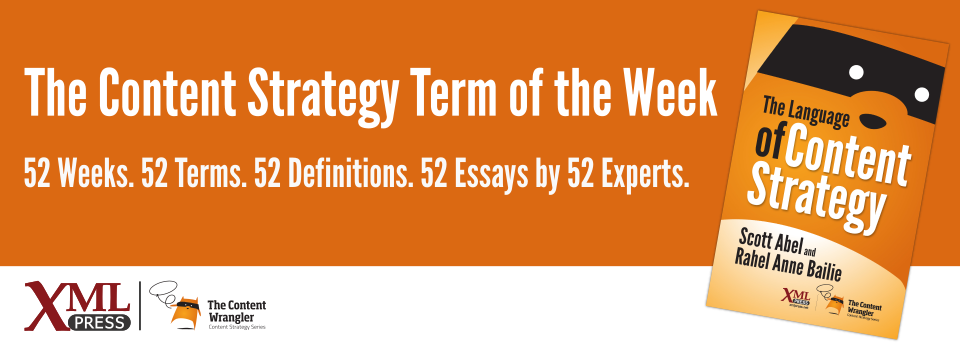What is it?
Content that is designed to adapt to the needs of the customer, not just cosmetically, but also in substance and in capability. Adaptive content automatically responds to the screen size and orientation of any device, but goes further by displaying relevant content that takes full advantage of the specific capabilities of the device being used.
Why is it important?
Enables content professionals to deliver the best information experience possible in the most efficient and effective way.
Why does a content strategist need to know this?
Adaptive content automatically adjusts to different environments and device capabilities to deliver the best possible customer experience. It can be customized on-the-fly, displayed in any order, made to respond to specific customer interactions, changed based on location, and integrated with content from other sources. Adaptive content takes advantage of the features of the device being used in order to meet the needs of individual customers.
Not only can we display information based on screen size and orientation (the basis of responsive design), but with adaptive content we can:
-
Leverage location-awareness to determine where users are and deliver locale-specific content
-
Determine wireless internet connection speed (hot spots versus mobile cellular, for example) and deliver content that’s optimized to the available bandwidth
-
Discover whether a device is in motion or not (and at what speed and direction), providing us with sufficient evidence to deduce whether a user is traveling by automobile or by plane, so we can provide content of value for that user’s travel situation
-
Deliver content in the right language (the language of the user’s choosing)
In today’s mobile, global world, our content must be able to adapt so that it reaches the right person at the right time in the right language and format. And, it must be able to be intelligent enough to use the capabilities of the device to the best effect.









